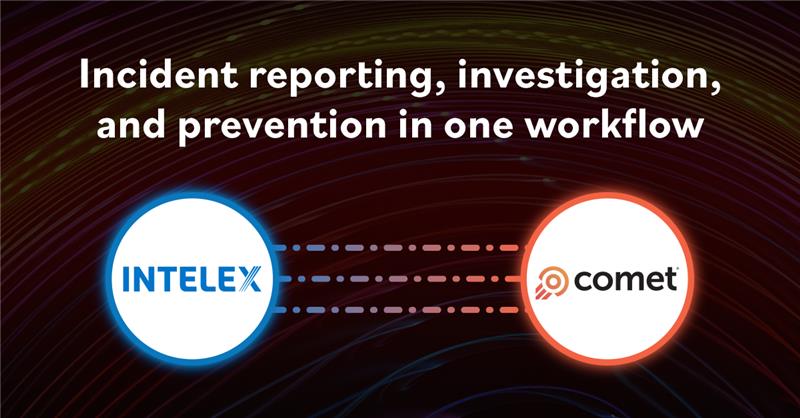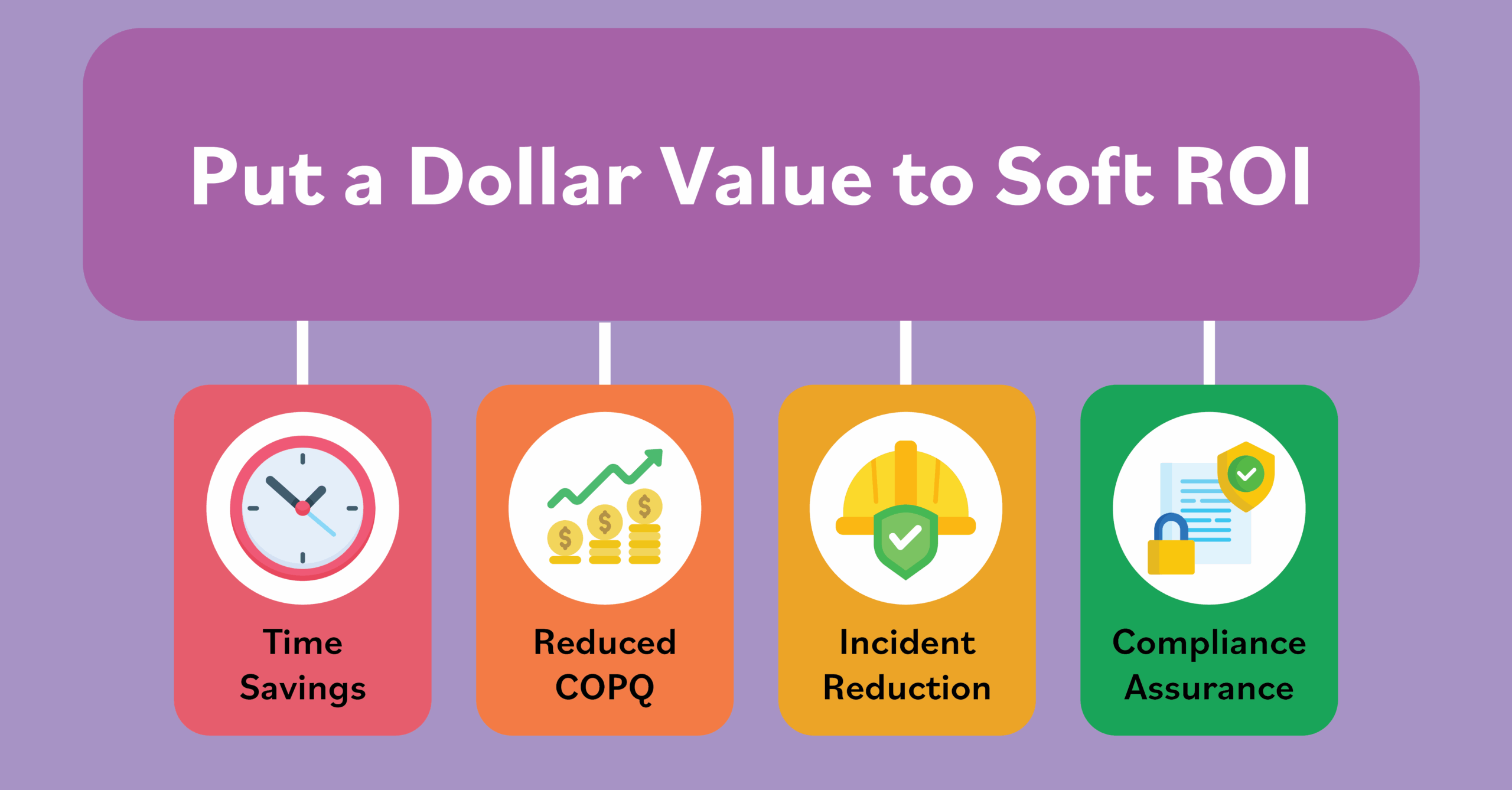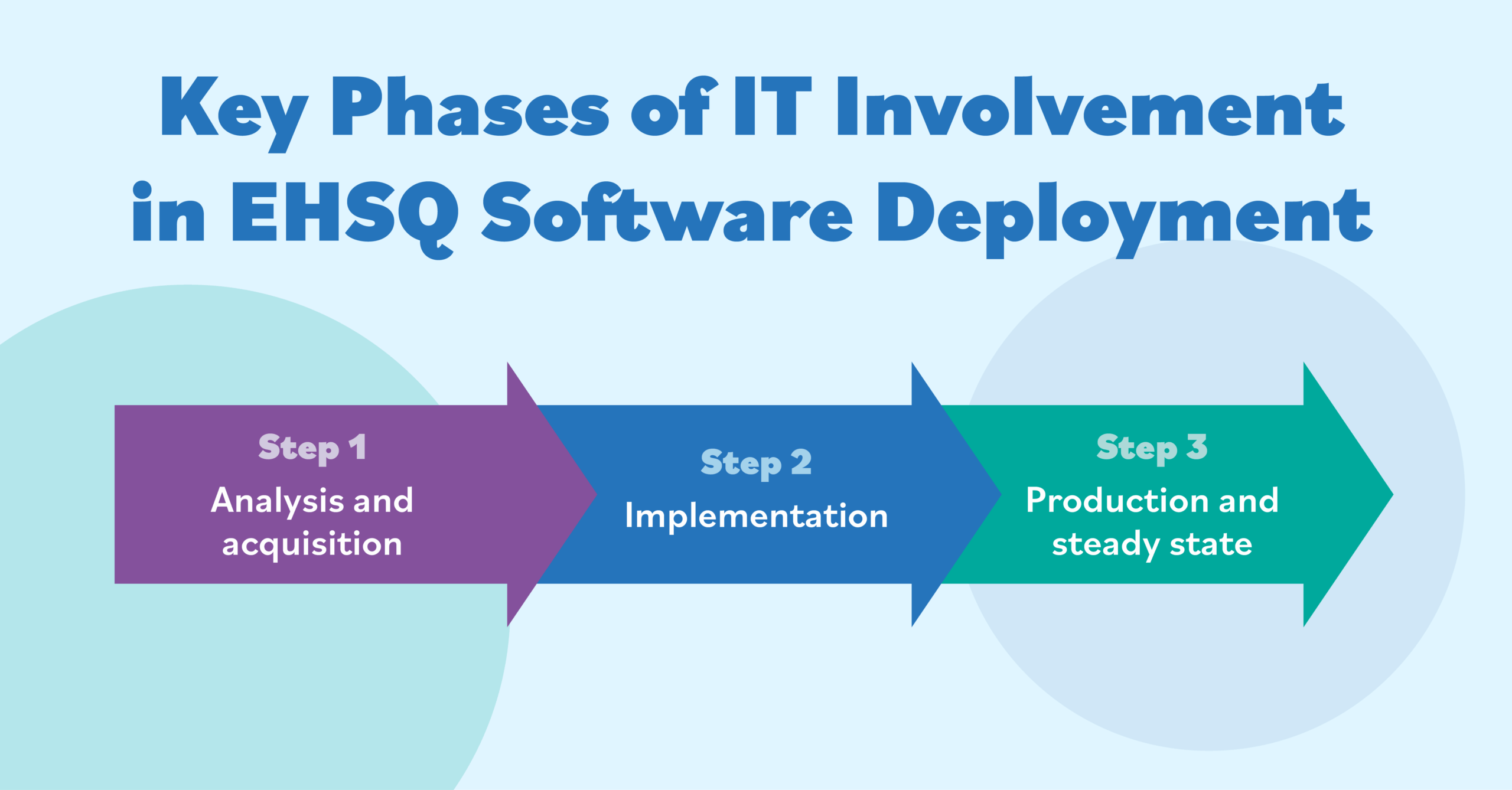Skilled and Experienced or a Proven Leader – What Makes a Great Safety Manager?
November 8, 2022

Here’s one professional who says a true safety leader shows commitment to excellence, a strong work ethic and personal accountability. Skill and experience are things you can teach.
When he was hired 12 years ago, Bill D’Amico wasn’t what most might have considered the predictable and obvious choice as global director of safety and health for pipe-joint manufacturer Victaulic Company of Pennsylvania.
But a 2010 fatality at a Victaulic foundry became a defining event and may have prompted company executives to think differently. Never again, ownership vowed, and was determined to recruit a safety leader who could radically improve safety performance and safety culture. Enter D’Amico.
“I had zero safety experience, so why in god’s name would a global company of 5,000 people that just had a fatality hire someone who didn’t know a damn thing about safety or foundries,” he said, during an October panel discussion at the EHS Today Safety Leadership Conference in Cleveland.
At his Victaulic job interview, D’Amico recalled the company CEO asking him a single question: What would he do as a safety leader to change the company’s safety culture?
“I turned the question around and asked, ‘What would YOU do because, as CEO, you’re the one that sets the stage,’” he said. “I think that got him thinking a little bit, so he hired me.”
Why would you hire someone with no safety experience to oversee safety and foundries worldwide? “The answer is leadership,” said D’Amico.
The Impact of Leadership Over Experience
Having spent 25 years in the U.S. Navy as a special operations officer with multiple command tours, D’Amico believes Victaulic “must have sensed that I could probably figure it out – that I could get the organization to the next level.”
When he took on the top safety job, D’Amico felt confident in his leadership skills and would need to rely on not only his own resourcefulness but especially on the existing team members to help him get up to speed on both the business and the employees and workplace safety. D’Amico toured the company’s foundries, spent time on shop floors and listened to employees. It was “learning as you go” and it worked. Over the three years after D’Amico was hired, Victaulic’s recordable injuries dropped by 87 percent.
“What’s more important – skill and experience or a proven leader, someone who has those character traits that you know is going to succeed?” he asked, during his presentation. “I would say, look at the [person’s] character…look for that commitment to excellence, a strong work ethic and personal accountability because you can teach skill and you can teach experience. [Teaching] commitment to excellence and a strong work ethic – those traits that guarantee success – are a lot harder.”
Successful Safety Managers Must Be Trained
Others on the EHS Today panel agreed with D’Amico on the importance of safety leaders and leadership in managing environment, health and safety (EHS).
Ryan Tucker, the corporate EHS and sustainability manager for industrial supply company Fastenal said creating safety leaders requires not just training but also resources. To that end, his company ensures safety leaders have the necessary tools that allow them to make good decisions and necessary changes.
Using technology to draw important insights from data analysis, for example, helps Fastenal’s EHS professionals continually improve worker safety. It resulted in that company discovering 40 percent of injuries happen during a worker’s first year of employment.
“As we looked at our claims and the timeframe when (incidents) were occurring, we saw that the average was between [the first]130 and 160 days,” he said.
So more new-hire procedures were introduced in addition to standard onboarding, ongoing compliance training, job safety analysis (JSA) and on-the-job training. The company added a 120-point safety checklist process and a job safety observation program where an employee regularly meets with a manager or supervisor to receive ongoing coaching on safety requirements.
“We’ve seen an 18 percent reduction in the number of injuries that are occurring in that (onboarding) timeframe,” Tucker said.
Managing Situations, Training Safety Leaders
Rod Courtney, the EHS director at Ampirical, an engineering and construction company headquartered in Louisiana, says great leadership needs to extend across the entire company. But it’s a difficult skill to acquire.
“One of the things we found with people that we hired is that technically, they are some of the most sound people that you’ll meet and that’s how they got promoted through the ranks,” he said. “They know their jobs extremely well, but they’ve never had a leadership class in their lives.”
So, Ampirical provides regular leadership training.
“The first thing we do is start teaching them how to be a leader,” Courtney said. While it may not seem like the leadership training has anything to do with their jobs, he added, “Technically, it also has everything to do with their jobs.”
Leaders are people who manage situations and lead people, and those skills can be taught, Courtney said, adding, “There’s no such thing as a natural-born leader.
“If you are a safety professional…and you’ve never been through leadership training, then you’re [doing it] wrong, because you need to learn the skills of leadership.”
The Key to Safety Success
The story of Bill D’Amico’s success at Victaulic demonstrates that leadership is the critical factor in transforming safety performance. While skill and experience are essential, they can be taught over time. The true differentiator is a leader’s ability to inspire commitment, foster personal accountability, and uphold a strong work ethic. D’Amico’s approach to safety leadership led to a dramatic 87% reduction in recordable injuries, highlighting that with the right leadership, safety programs can excel, regardless of prior experience in the field.
Organizations seeking to improve their safety performance must recognize that investing in leadership training and development is as important, if not more so, than technical training. A true safety leader can take an organization to new heights by fostering a culture of safety, trust and accountability.
Is your organization ready to lead in safety, or are you falling behind? Download The Intelex Environmental, Health & Safety Blueprint to discover your health and safety maturity level. Learn how to proactively improve your EHS performance, benchmark against peers, and build a stronger, more resilient safety culture.






